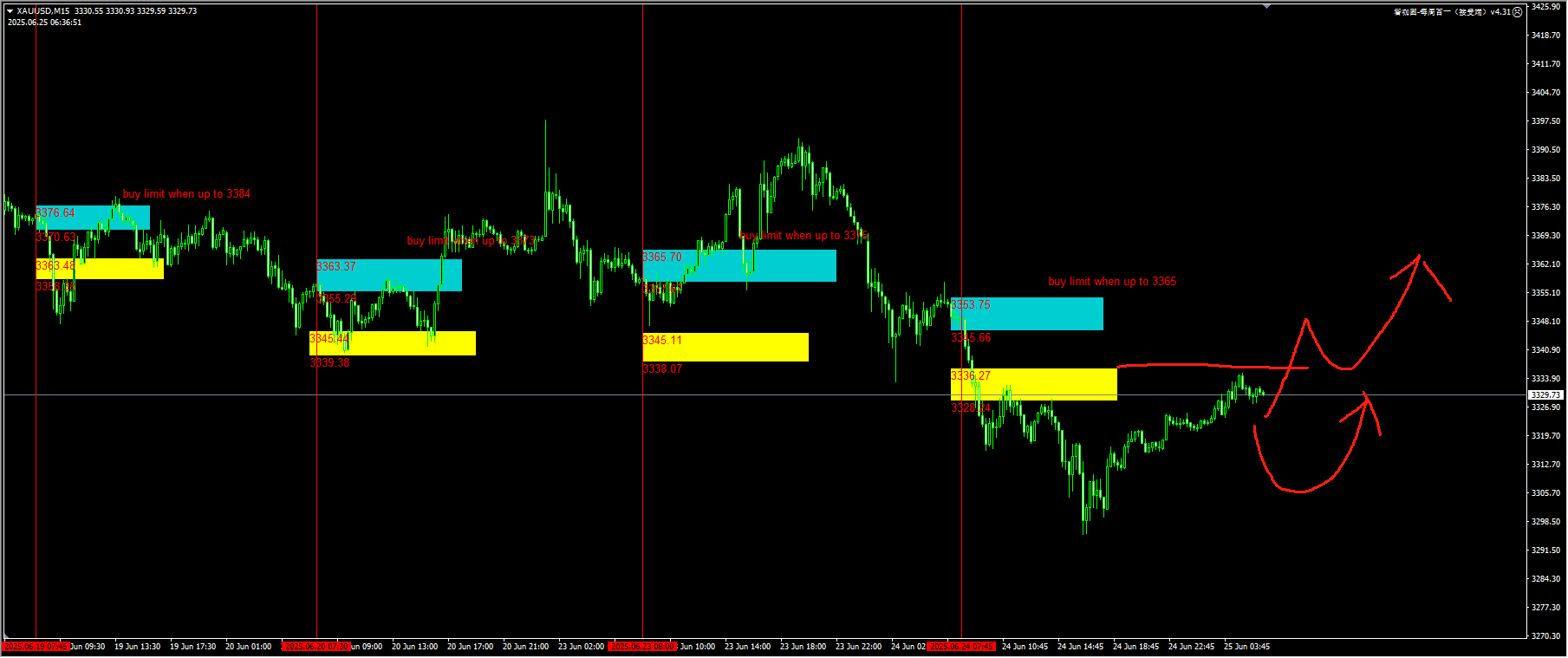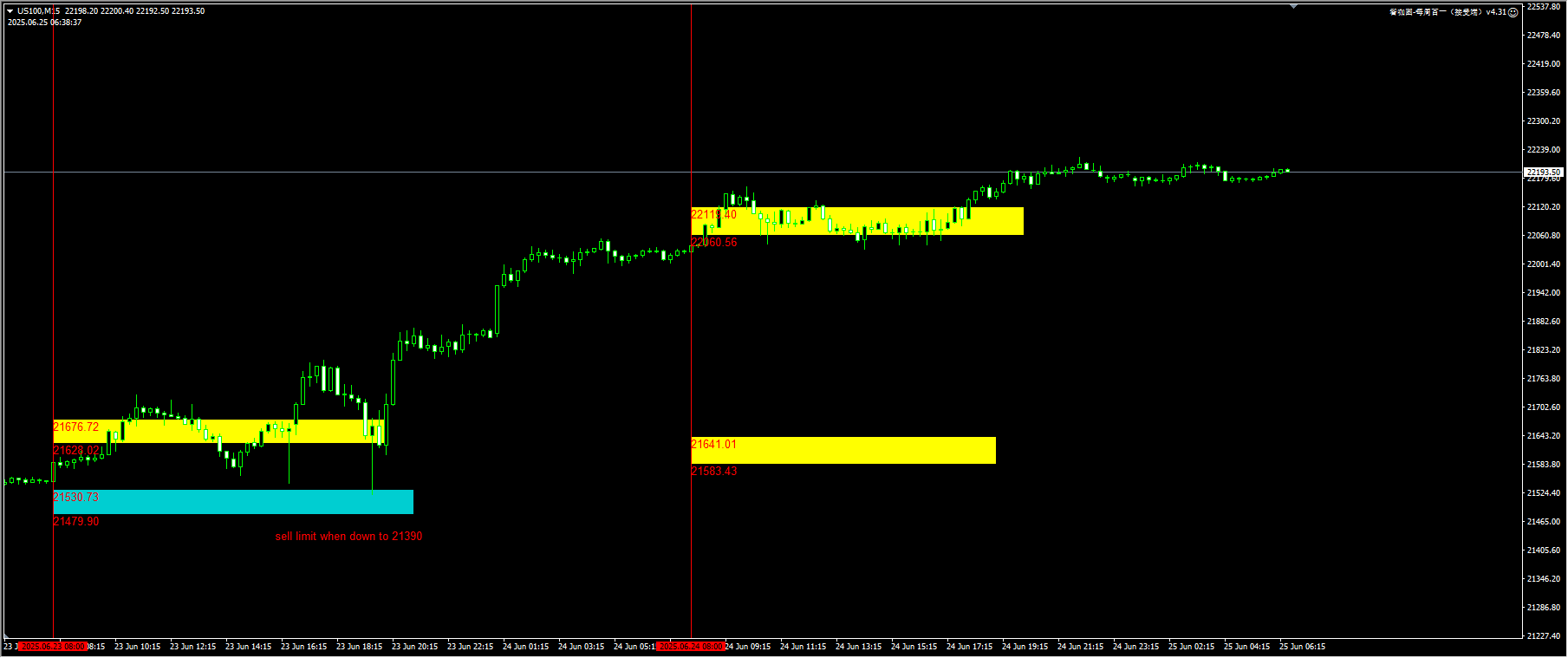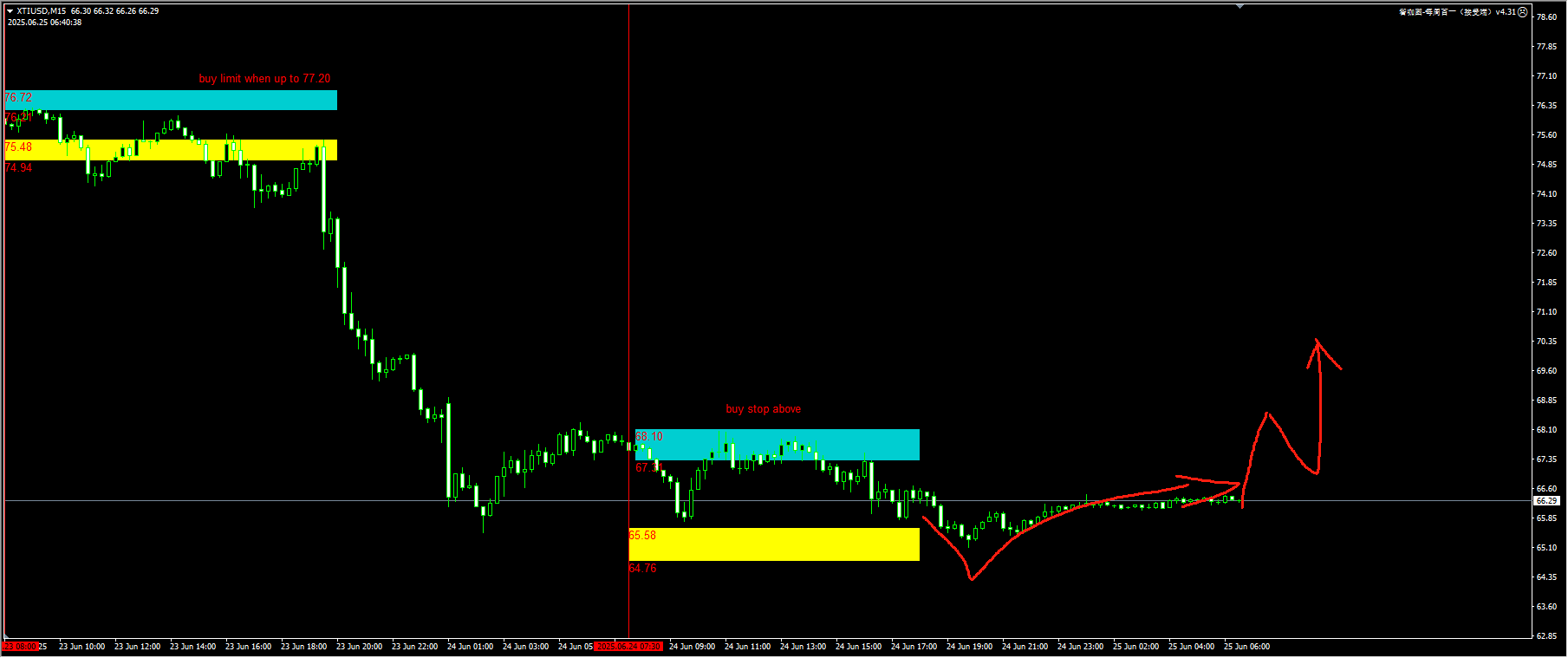Asian stocks edged higher as a ceasefire deal between Israel and Iran appeared to hold and bond traders increased their bets on US interest rate cuts.
The MSCI Asia equity index rose 0.2% on Wednesday after climbing more than 2% in the previous trading session as US President Donald Trump announced a ceasefire between warring parties in the Middle East. On Tuesday, the S&P 500 rose 1.1% and the Nasdaq 100 climbed 1.5% to hit a record high for the first time since February, but US stock futures fell afterwards.
U.S. Treasuries and the dollar index steadied. On Tuesday, the benchmark 10-year Treasury yield dropped 5 basis points after Federal Reserve Chair Jerome Powell said that monetary policy “has multiple paths to take” and data showed that consumer confidence was weakening. Traders continued to closely monitor the situation in the Middle East as the recently reached peace agreement remains fragile. After Trump’s fierce criticism of early violations of the agreement by Iran and Israel, both sides seem to be abiding by it.
“Geopolitical risks have eased, but for now the ceasefire agreement does not seem unbreakable,” said Tim Waterer, chief market analyst at KCM Trade in Sydney. “The ceasefire agreement provides a reason for risky assets to rise again, although the way they are rising is somewhat tentative.”
Oil prices edged higher after posting their biggest two-day decline since 2022, as traders assessed a ceasefire agreement and an industry report suggesting U.S. crude inventories would fall again.
The US dollar weakened against most major currencies. Asian currencies such as the Philippine peso and the Indonesian rupiah strengthened for the second consecutive day. The Australian dollar fluctuated after monthly inflation data came in lower than expected.
Before Powell’s speech to the House Financial Services Committee, the Federal Reserve had just decided to keep interest rates unchanged last week. Although the Fed chair largely maintained his call for patience as the economy digested the impact of trade tariffs, he indicated that falling inflation and weak hiring could lead to an earlier rate cut.
“If inflation pressures are indeed contained, then we will lower interest rates as soon as possible,” Powell told lawmakers in response to a question about the possibility of a rate cut in July. “But I don’t want to specify which meeting. I think we don’t need to rush because the economy remains strong.”
The money market has fully priced in the expectation that the Federal Reserve will cut interest rates twice by the end of 2025, with the possibility of the first cut in September being much higher than next month – although the bet on a rate cut in July has increased compared with last week.
Chetan Seth, Nomura Holdings’ Asia-Pacific equity strategist, said on Bloomberg Television: “The Federal Reserve may wait for more data points before it is ready to actually cut interest rates. I think it won’t make a commitment unless it has more evidence to support a rate cut.”
Neil Kashkari, president of the Federal Reserve Bank of Minneapolis, said that although the recent inflation data was “quite positive”, officials needed a clearer understanding of how tariffs would affect prices. John Williams, president of the Federal Reserve Bank of New York, said that maintaining interest rates unchanged to analyze the impact of policy changes was “entirely appropriate”. Michael Barr, a member of the Federal Reserve Board, said that he expected tariffs to push up inflation and expressed support for a wait-and-see approach to interest rates.
Cleveland Fed President Loretta Mester said that policymakers might keep borrowing costs stable for a period of time. Meanwhile, Boston Fed President Susan M. Collins said that a moderately restrictive policy stance is necessary.
Trump on Tuesday appeared to undermine years of US sanctions on Iran by allowing China, Iran’s biggest customer, to continue buying Iranian oil, a move that surprised oil traders and US government officials. Trump’s move was aimed at strengthening a ceasefire with Israel.
Technical analysis:
Gold: Yesterday, the price dropped below 3300, then stabilized and rebounded, but it has not yet recovered to the upper edge of the yellow zone in our plugin. Today, we should continue to lower the blue momentum signal area to 3330/40, while maintaining a low buy combination configuration near 3300/05. For detailed positions, please consult the plugin.

The plugin is updated from 12:00 to 13:00 every trading day. If you want to experience the same plugin as shown in the picture, please contact V: Hana-fgfg and note “666” in the message.
The Nasdaq index: The price has returned above 22,000. After the market digested the possibility of a cooling situation in the Middle East and Powell’s defense of maintaining interest rates unchanged, it remained above 22,000. We suggest a short-term wait-and-see approach, while keeping an eye on the 21,800/900 area for potential short-term buy signals. For detailed positions, please consult the plugin.

(NASDAQ 15-minute chart)
The plugin is updated from 12:00 to 13:00 every trading day. If you want to experience the same plugin as shown in the chart, please contact V: Hana-fgfg and note “666” in the message.
Crude oil: The price basically maintained the consolidation trend after the pullback yesterday. After hitting a new intraday low near 65, it rebounded, but it didn’t recover above 68 either, forming a new momentum signal. Today, we’ll focus on whether a new momentum breakthrough signal can be formed near 67.50. If so, we can consider attempting 1-2 times. For detailed positions, please consult the plugin.

(Crude Oil 15-Minute Chart)
The plugin is updated from 12:00 to 13:00 every trading day. If you want to experience the same plugin as shown in the picture, please contact V: Hana-fgfg and note “666” in the message.
Today’s key financial data and events to focus on:
At 16:45, the Deputy Governor of the Bank of England, Lombardelli, will deliver a speech.
17:00 Chief Economist of the Bank of England, Pill, delivers a speech.
22:00 US New Home Sales for May (Annualized Monthly Rate)
At 22:00, Federal Reserve Chair Powell will testify before the Senate Committee on the semi-annual monetary policy report.

